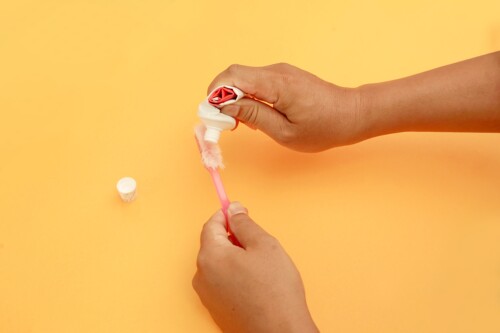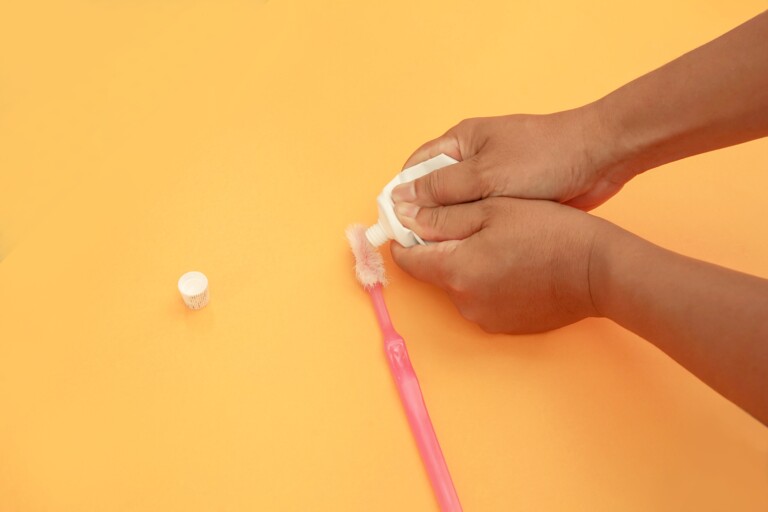When is the optimal time to replace toothpaste for better oral health? You may need to ditch the toothpaste even before you toss the toothbrush.
Toothbrushes get a bad rap. After a bout with the flu or a nasty cold, they’re tossed faster than a wastebasket of tissues.
Let’s talk toothpaste, instead.

When Should I Replace My Toothpaste?
Toothpaste contains a variety of ingredients that are intended to attack dangerous microorganisms and strengthen tooth enamel. It is an essential part of maintaining your oral health. However, as time passes, the strength of these vital substances diminishes. This emphasizes the importance of replacing your toothpaste every few months. By using fresh toothpaste on a regular basis, you may maximize its ability to protect your dental health by preventing concerns like plaque buildup and preserving long-lasting freshness in your breath.
Including the proper toothpaste in your oral care routine and sticking to a regular replacement schedule can have a significant impact on your dental health. Every few months, replacing your toothpaste works as a reset for your dental care plan. It is best to use fluoride toothpaste, which is known for its enamel-strengthening effects.
How Often Should You Change Your Toothpaste?
Basic oral care is important for more than simply keeping a bright smile; it is also important for your entire health. The mouth is a gateway to the rest of your body, and neglecting oral hygiene can lead to a slew of health problems. Brushing, flossing, and regular dental exams not only prevent cavities and gum disease, but they can also protect against more serious issues. Mouth bacteria can enter the bloodstream and cause heart disease, diabetes issues, and even respiratory problems. Prioritizing basic oral care is thus more than just an aesthetic choice; it is a key step in maintaining your health.
Observing these simple practice over time can considerably contribute to the general health and appearance of your teeth. Just choosing the right toothbrush for you can be a powerful part of preventative oral healthcare. Remember that the steps to meticulous dental care seem small but are all important to ensure your smile remains vibrant, and also healthy.
When to Throw Away Your Toothbrush
When you’re sick, you should avoid putting your toothbrush in contact with the contents or rim of a shared container of toothpaste. You may just use different tubes and discard the one used by the ill person once he or she is feeling better.
Many of us trash our toothbrushes after recovery, assuming we can get re-infected by any traces of the virus that may be lurking within its bristles. There’s no medical reason to do so, according to experts. You’ve already developed the antibodies needed to fight off that virus, according to a report in Slate Magazine by Julia Felsenthal. But, if you have a bacterial infection such as strep throat, throw the toothbrush in the trash. While you probably won’t get reinfected, it’s possible in theory.
“If you were afflicted with strep throat, for example, a colony of streptococcal bacteria might end up on your toothbrush and remain there long enough to give you a second case after you’d taken a course of penicillin,” said Felsenthal.
How Do You Know If Toothpaste Has Gone Bad?
The optimal time to replace toothpaste for better oral health may vary based on your needs. You need to take in account when the toothpaste was purchased, your health and your family’s health since then, and the length of time the tube has been open for.
Most toothpaste is made with an expiration date approximately two years from manufacture date. Check the dates on the packaging to ensure you don’t have any toothpaste hanging around past it’s expiration date.
Ultimately, if you find yourself asking any of these questions, it certainly can’t hurt to frequently swap out your toothpaste, brushes, or brush heads.




